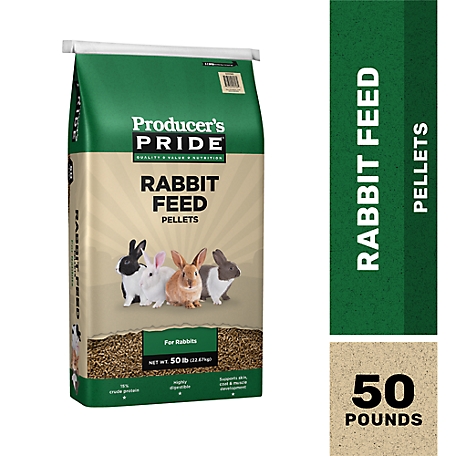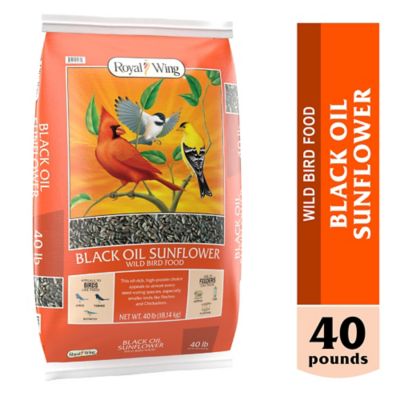Diamond Naturals Adult Beef Meal & Rice Formula Dry Dog Food
Beef protein, along with added superfoods, provides the energy and muscle building blocks your dog needs to stay active and strong. Guaranteed levels of zinc, selenium and vitamin E ensure that your dog is receiving necessary antioxidant nutrition, while omega-6 and omega-3 fatty acids from superfoods help maintain healthy skin and a shiny coat.
Beef protein, along with added superfoods, provides the energy and muscle building blocks your dog needs to stay active and strong. Guaranteed levels of zinc, selenium and vitamin E ensure that your dog is receiving necessary antioxidant nutrition, while omega-6 and omega-3 fatty acids from superfoods help maintain healthy skin and a shiny coat.
- Pasture-raised beef protein for great taste and nutrition
- Guaranteed levels of zinc, selenium and vitamin E
- Omega-6 and omega-3 fatty acids for skin and coat
- Enhanced with superfoods and guaranteed probiotics
Additional information
| Country of Origin | Made in USA |
|---|---|
| Breed Size | Extra Small, Small, Medium, Large, Extra Large |
| Flavor | Beef and Rice |
| Health Features | Immune System Support, Digestion Support, Skin & Coat Health |
| Life Stage | Adult |
| Primary Flavor | Rice, Beef |
| Special Diets | Probiotics, Omega Fatty Acids |
| Manufacturer Part Number | 439 |











by Navolis
I have used this brand for years. My dogs have healthy fur and nails. You get what you pay for when you are willing to spend a little more.
by Jessica
The perfect food for my guys. Were flip flop between the salman in the winter to the beef for warmer months. They absolutely love it and never turn away. Been using this brand for a yr now.
by Lauren
I feed my 2 dogs Diamond Naturals adult dry dog food.usually the lamb but this last time I switched to the beef flavor to give them something different and they love it!
by Steve
Our 2yo lab has tried multiple flavors of Diamond and loves it all! She gets about 2-2.5 cups a day (split into 2 feedings) and she is never knocking us down looking for more. This brand keeps her full and happy, which is great because she’s level 10/10 for energy 100% of the time!